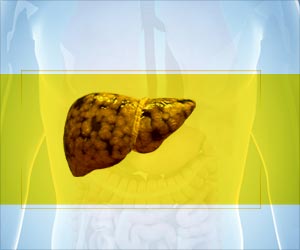Cells in the ear commonly believed to act as amplifiers may actually regulate sound sensitivity -- a finding that could lead to better interventions to protect hearing.

‘The discovery in gerbils contributes to our understanding of the role that outer hair cells play in hearing.’





Tiny cells with hair-like protrusions in the inner ear act like microphones by converting vibrations caused by sound into electrical signals that the brain interprets. These inner hair cells work alongside outer hair cells, whose role in hearing is sometimes debated. "When outer hair cells are damaged, vibrations become much smaller than those in a healthy ear," explains lead author Anna Vavakou, a PhD student in the Department of Neuroscience at Erasmus Medical Center in Rotterdam, the Netherlands. "This has led scientists to believe that the outer hair cells actively amplify sounds, but there is a problem with this theory. The electrical properties of the outer hair cells would make them too sluggish to deal with the fast vibrations of high-pitched sounds, especially in animals with ultrasound hearing."
To better understand what the outer hair cells do, Vavakou and her colleagues used a new technology called optical coherence tomography vibrometry to measure the minute movements of outer hair cells in live gerbils in response to sounds. The cells were able to move fast enough to respond to sounds up to tones of about 2.5 kilohertz - or about halfway up the upper octave of a piano keyboard. At higher tones, the team saw that these cells were less able to keep up with the vibrations.
This suggests that while gerbils have good ultrasonic hearing, their outer hair cells are not able to amplify these sounds, but they do accurately track variations in sound levels. "Rather than amplifying sound, the cells seem to monitor sound level and regulate sensitivity accordingly," Vavakou says. "This is what engineers call automatic gain control, which is used in many devices like cell phones."
"A better understanding of what these outer hair cells do is critically important," explains senior author Marcel van der Heijden, who leads the Auditory Periphery Laboratory at the Erasmus University Medical Center. "Factors such as loud noise and certain drugs, including antibiotics, can easily damage these cells, which can in turn lead to poorer hearing. Figuring out their exact role could help guide efforts to prevent or even cure common forms of hearing loss."
Advertisement















